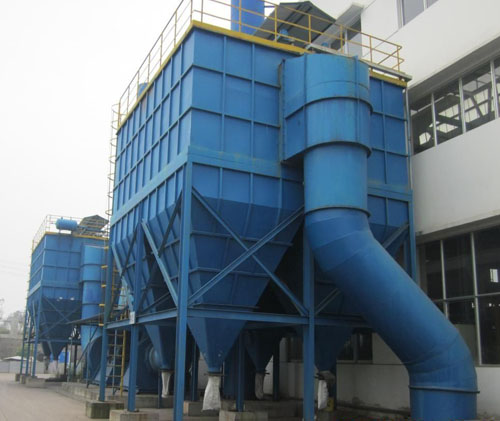How to cool the high temperature flue gas of pulse jet dust collector baghouse filter

As one professional manufacturer of pulse jet baghouse replacements, Shanghai Indro supplies filter bags, cages and pulse jet valves.
Generally, there are 3 kinds of method to cool high temperature gas in pulse jet bag filters as followings:
Water cooling: divided into two methods, one method is to spray water directly into the high temperature flue gas and cool down, which can be used as a special spay cooling tower, cooling tower cross-section wind speed is usually 2-3.5 M / sec, the temperature control system can be used to adjust the water quantity to prevent water mist from entering the pulse bag filter. Another method is to use cooling water pipe, installed in the pipeline transporting gas, can prevent the water into the pulse bag type dust remover and the corrosion problem, this method has strong cooling capacity and small space occupation, there may be water mist into the pulse jet bag filter, which possible take moisture and corrosion.
Natural cooling:
Lengthen the length of the pipeline carrying gas, and make the gas cool down by natural convection and radiation cooling effect between the pipe and the surrounding air. It can be used as an “s” type for long intervals. This method is simple, cooling is weak, and the space occupied is larger.
Cold air mixture:
Inhale a certain amount of air from the surroundings, which is to mix with high temperature flue gas to reduce the temperature. When catching traps to collect high temperature flue gas, the ambient air can be inhaled. Although this method is simple, the volume of filter gas is increased a lot.
Generally, there are 3 kinds of method to cool high temperature gas in pulse jet bag filters: water cooling, natural cooling, cold air mixture.